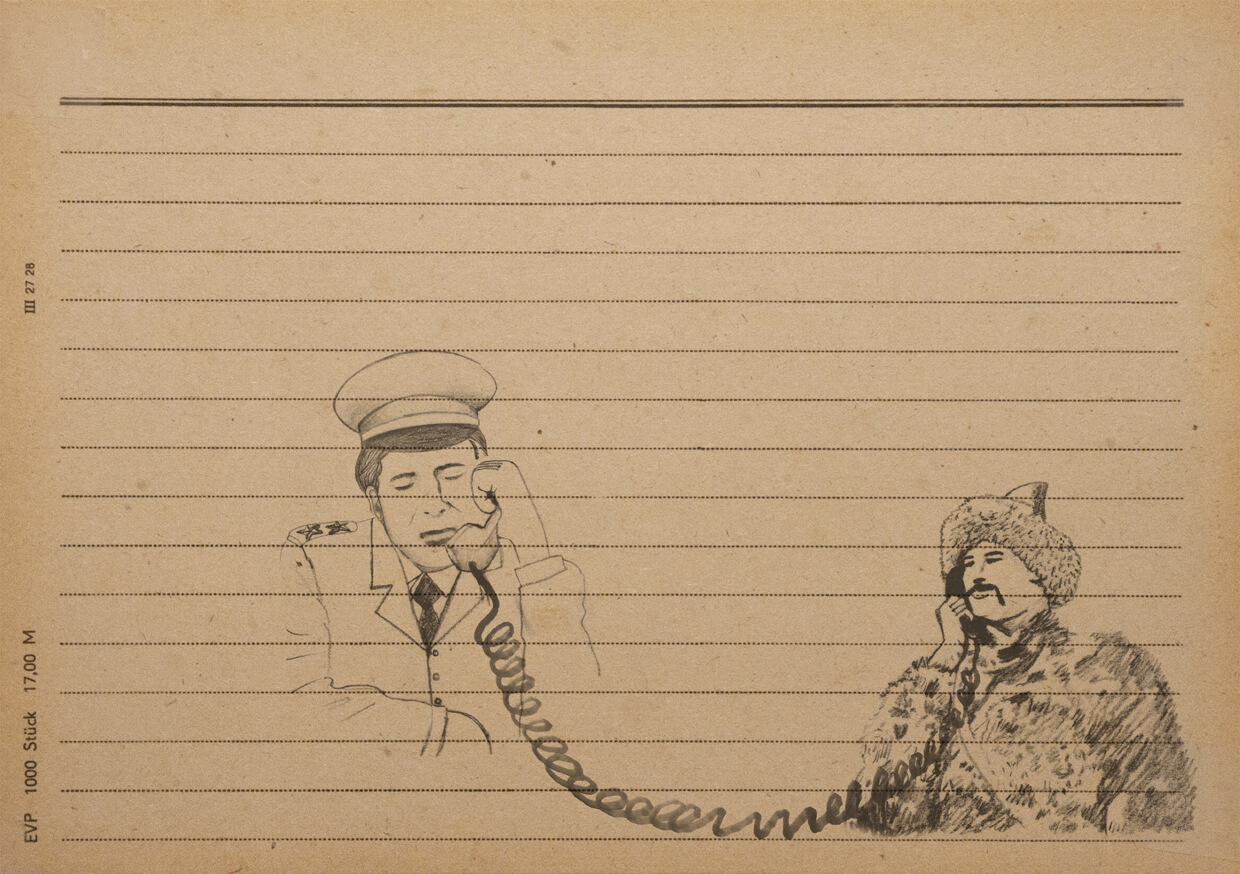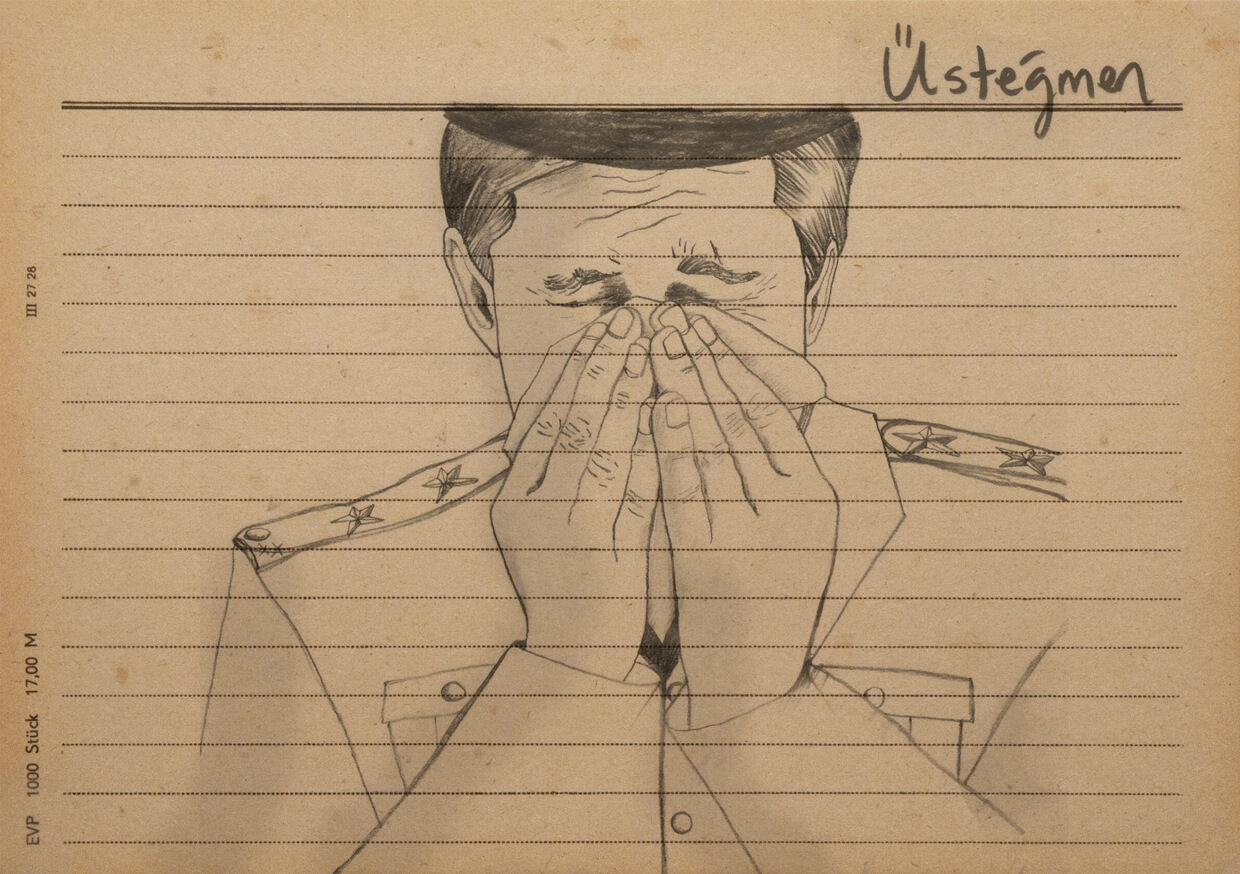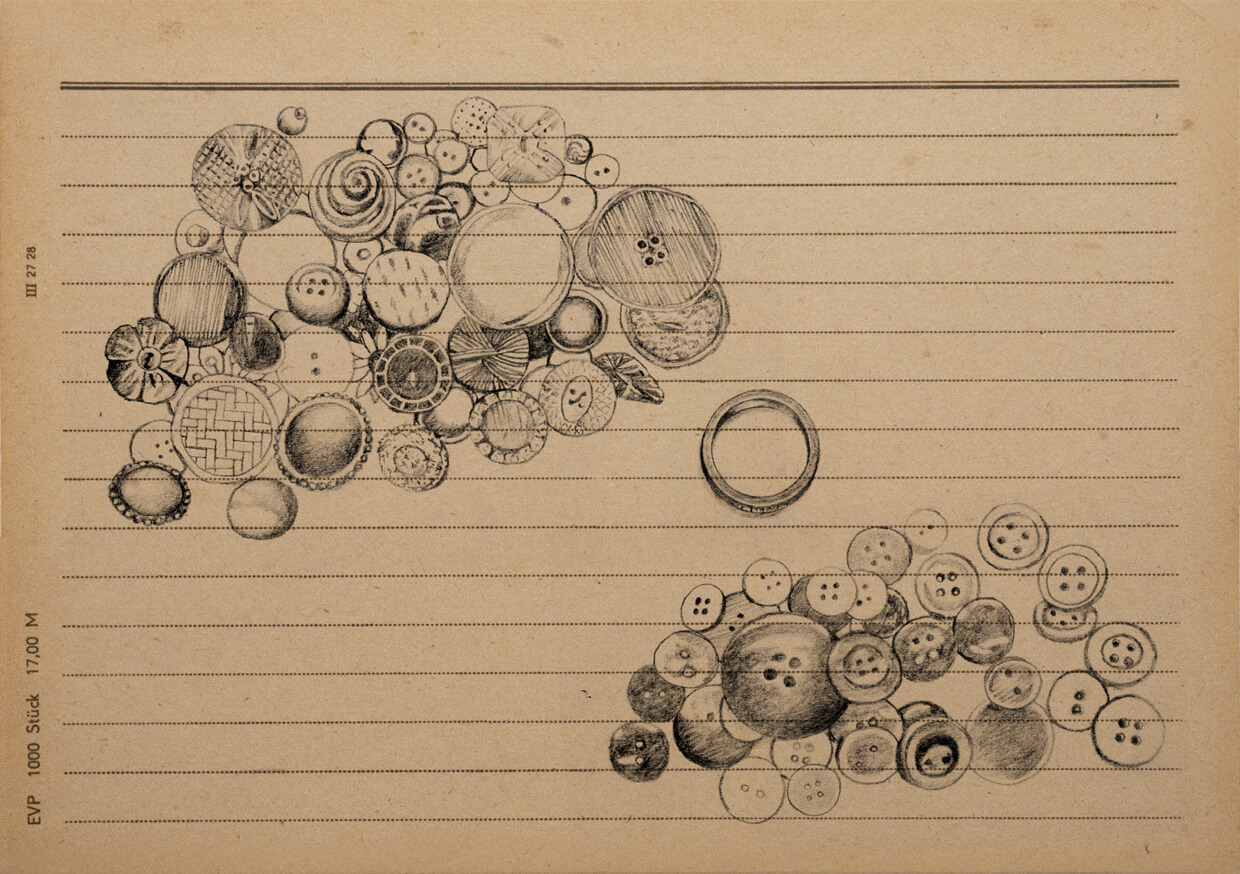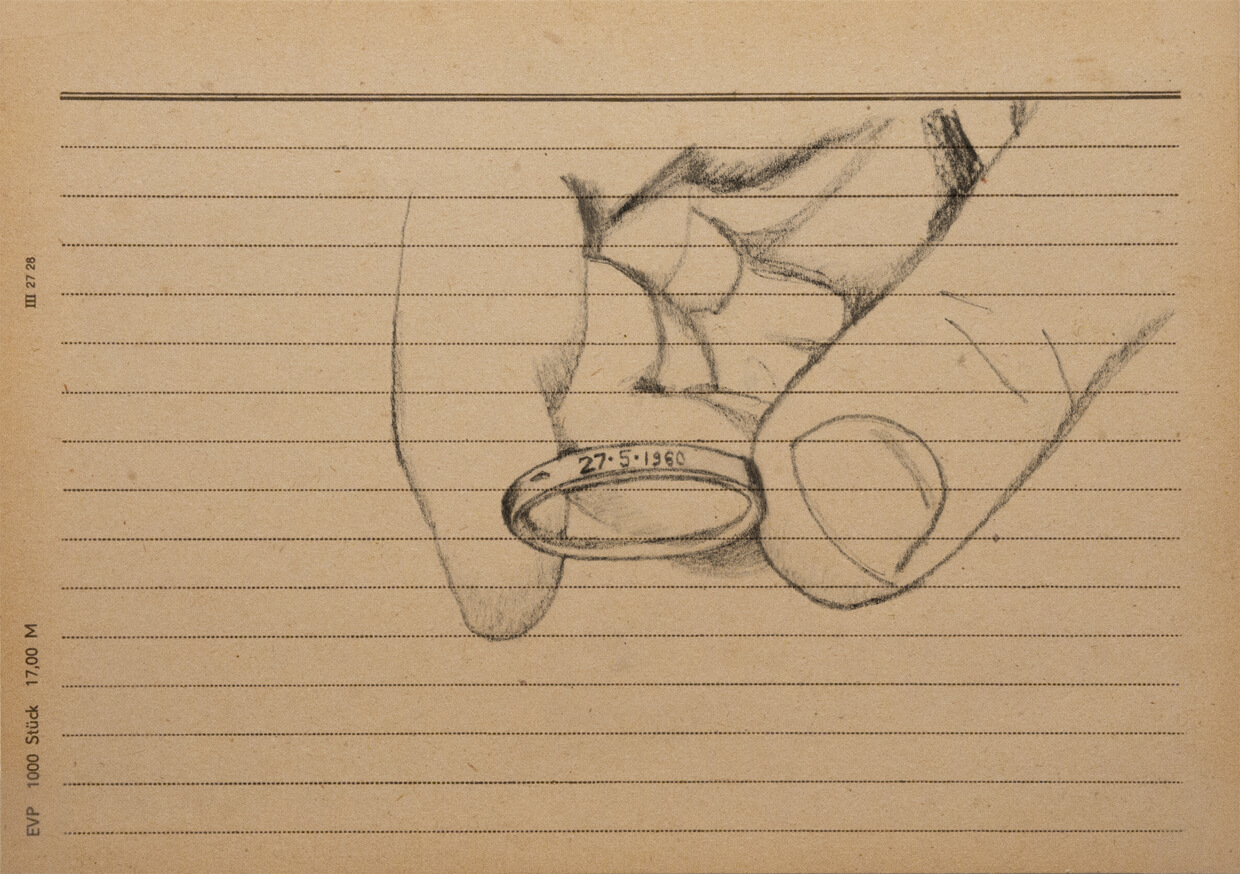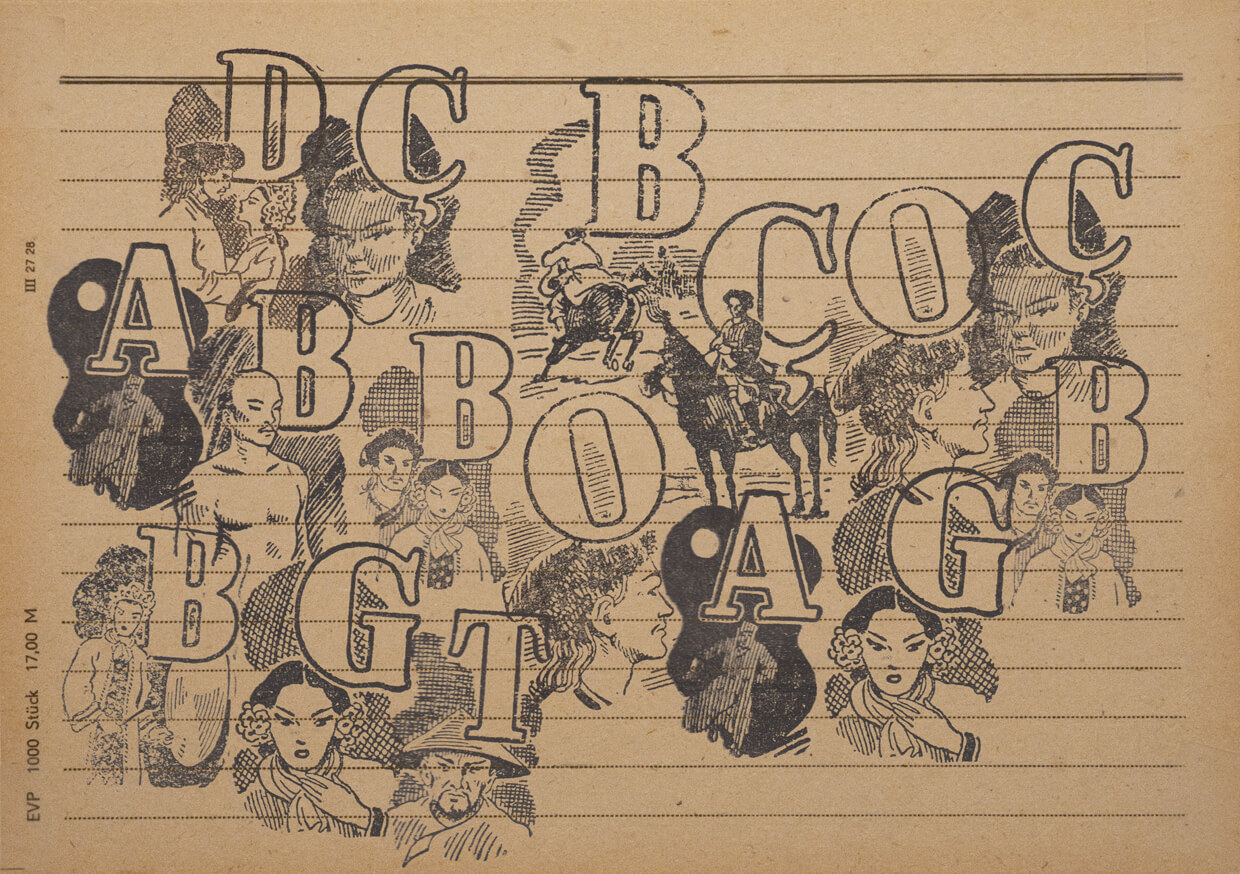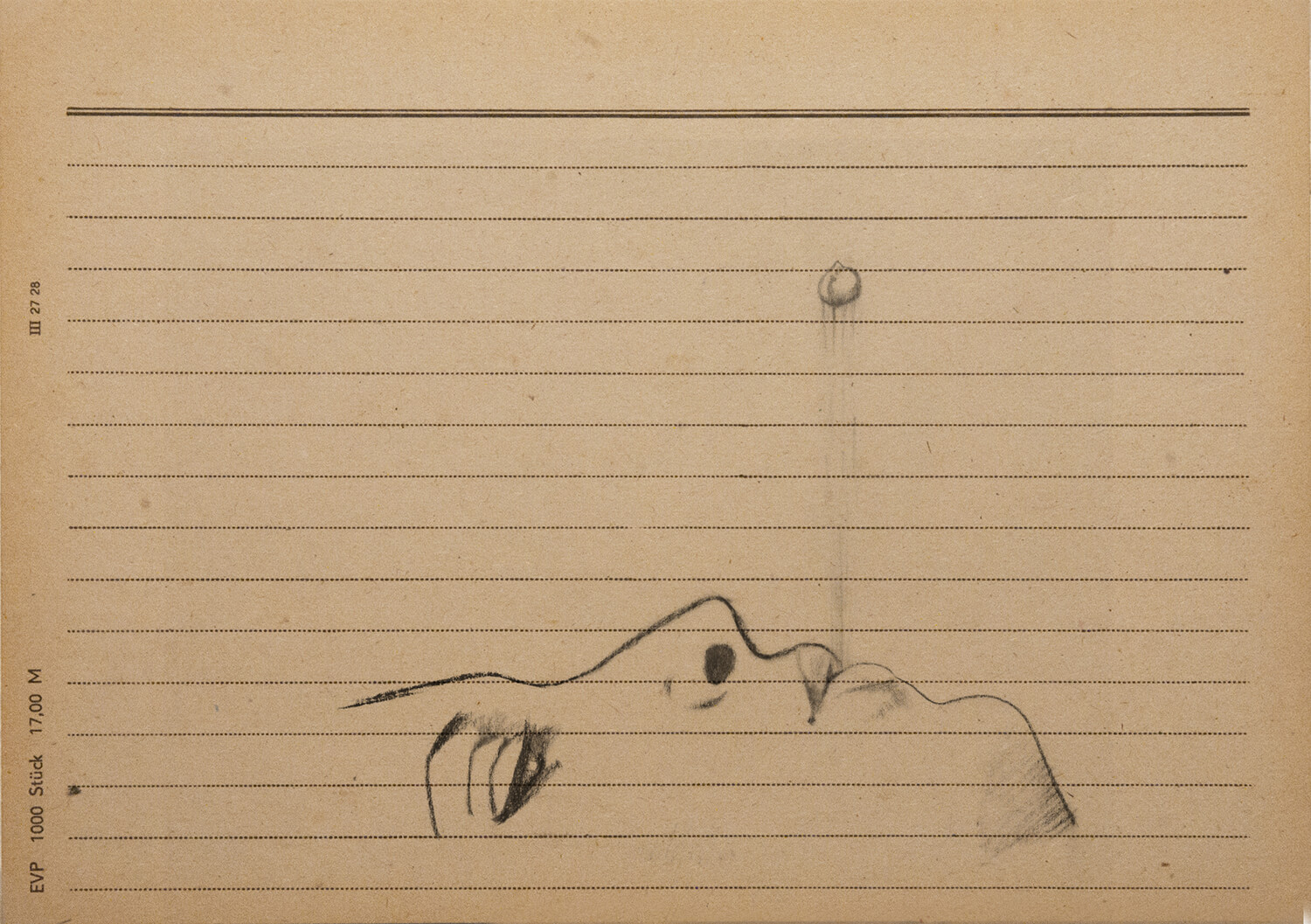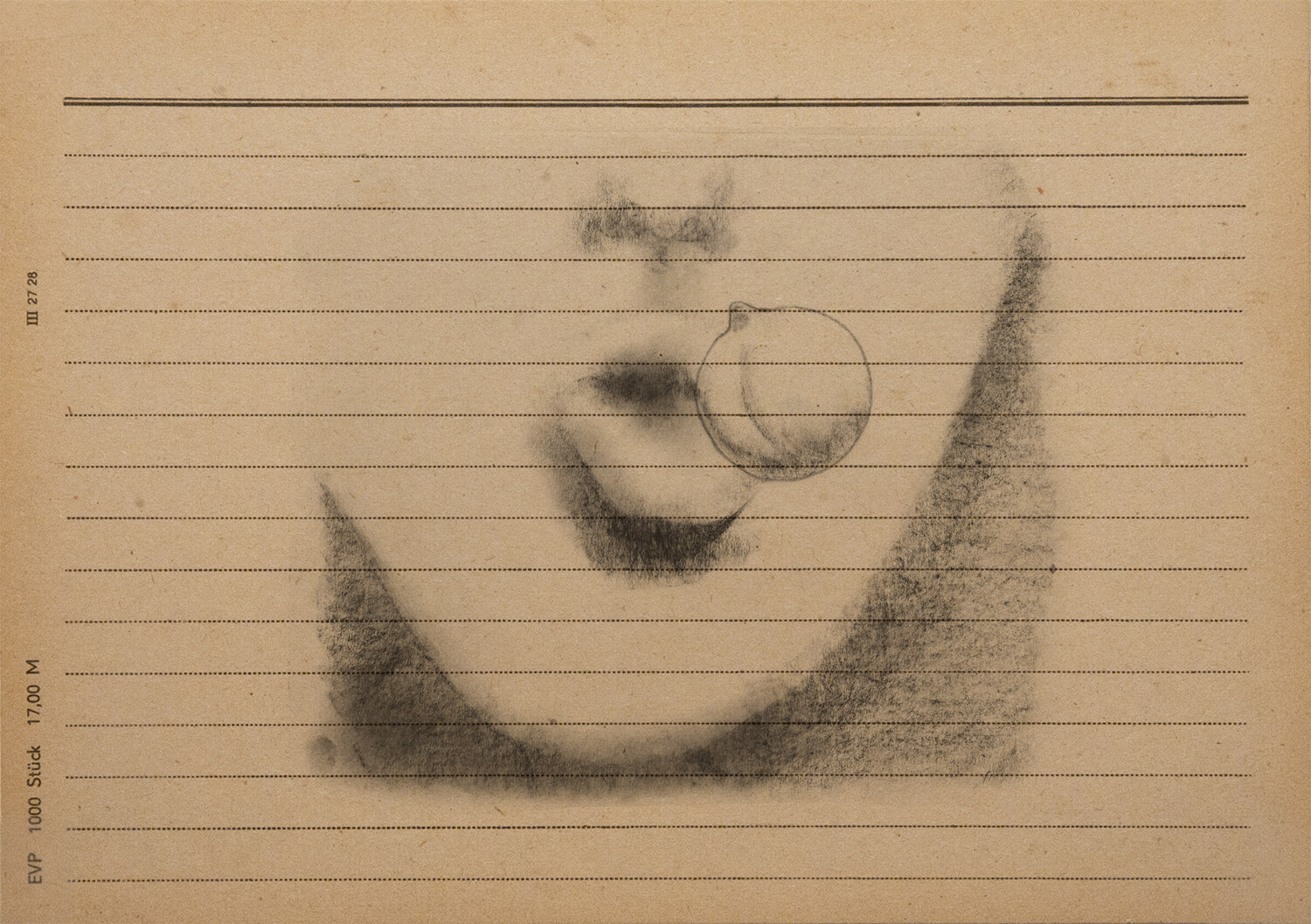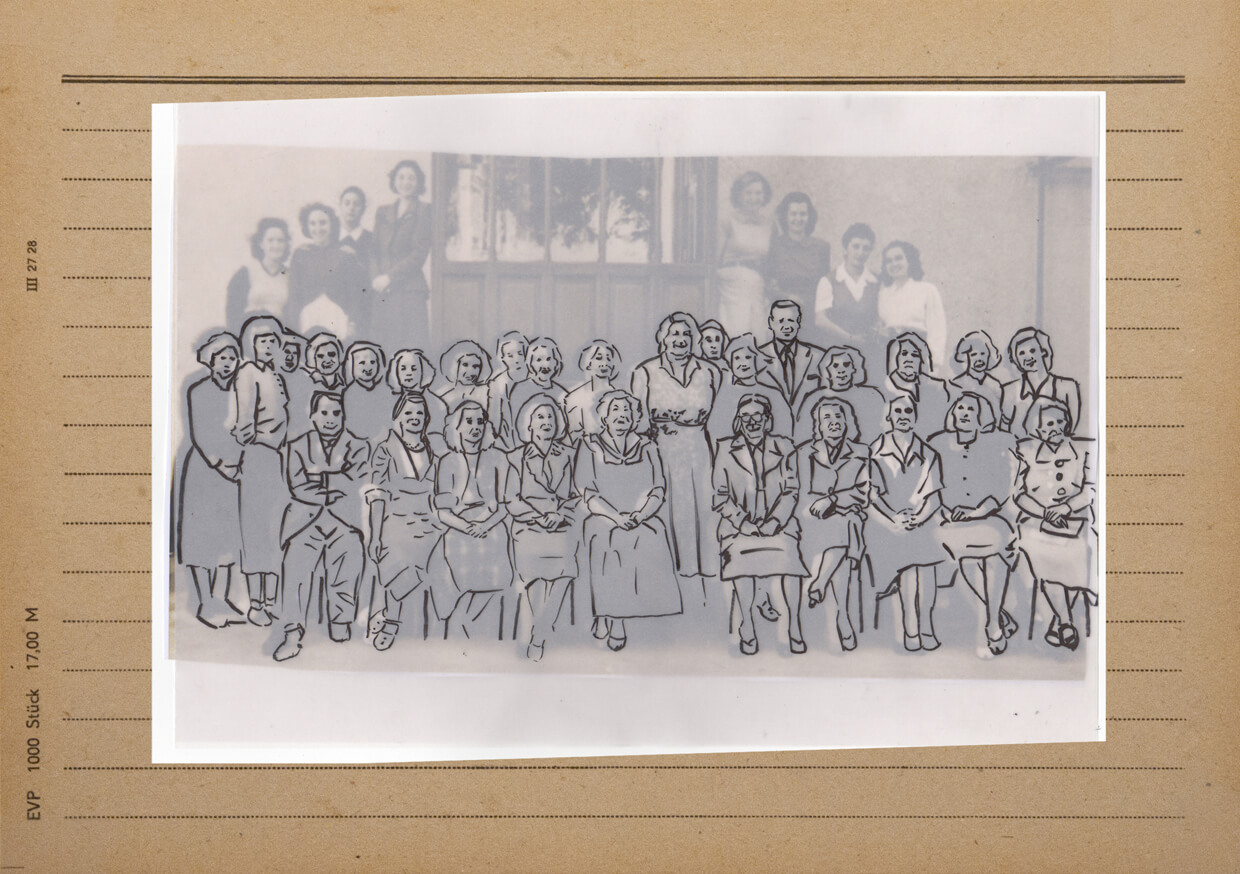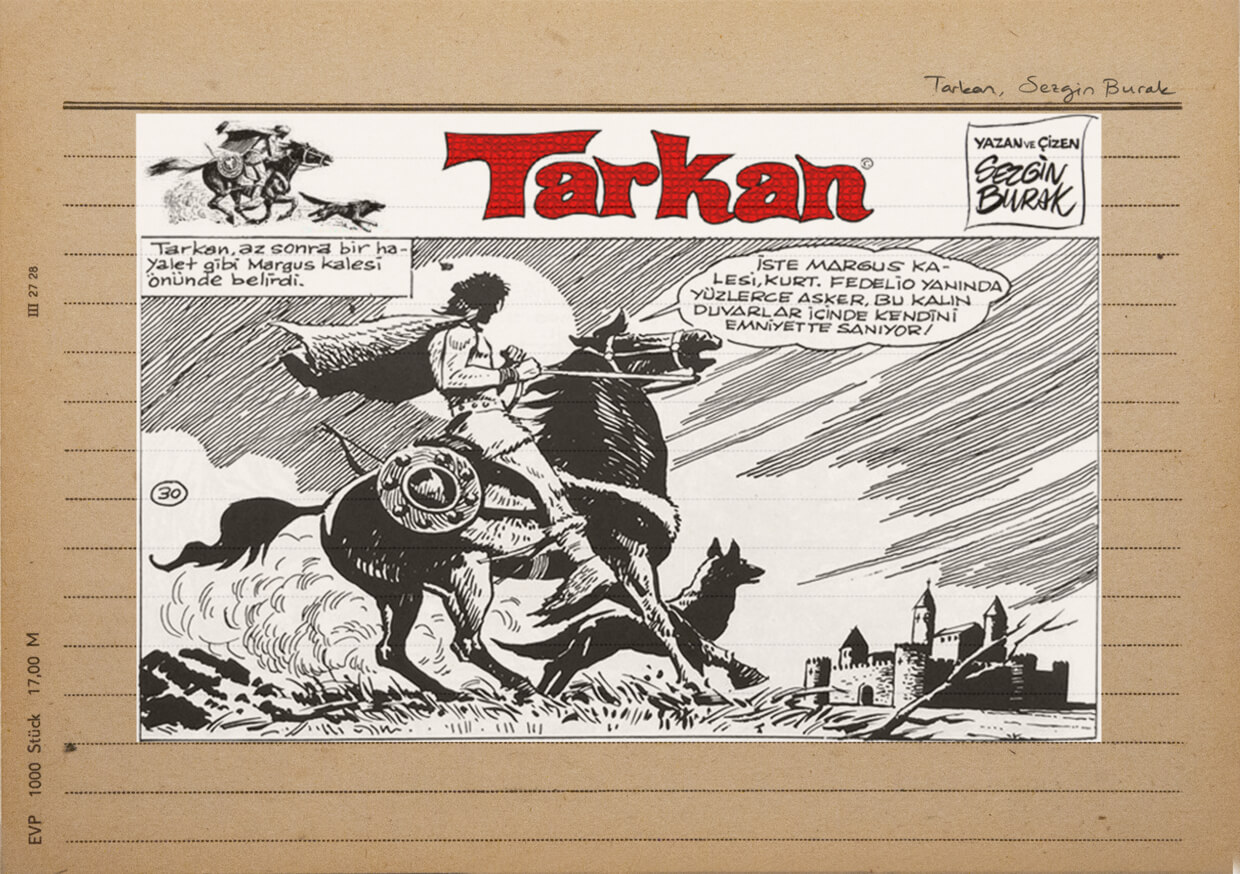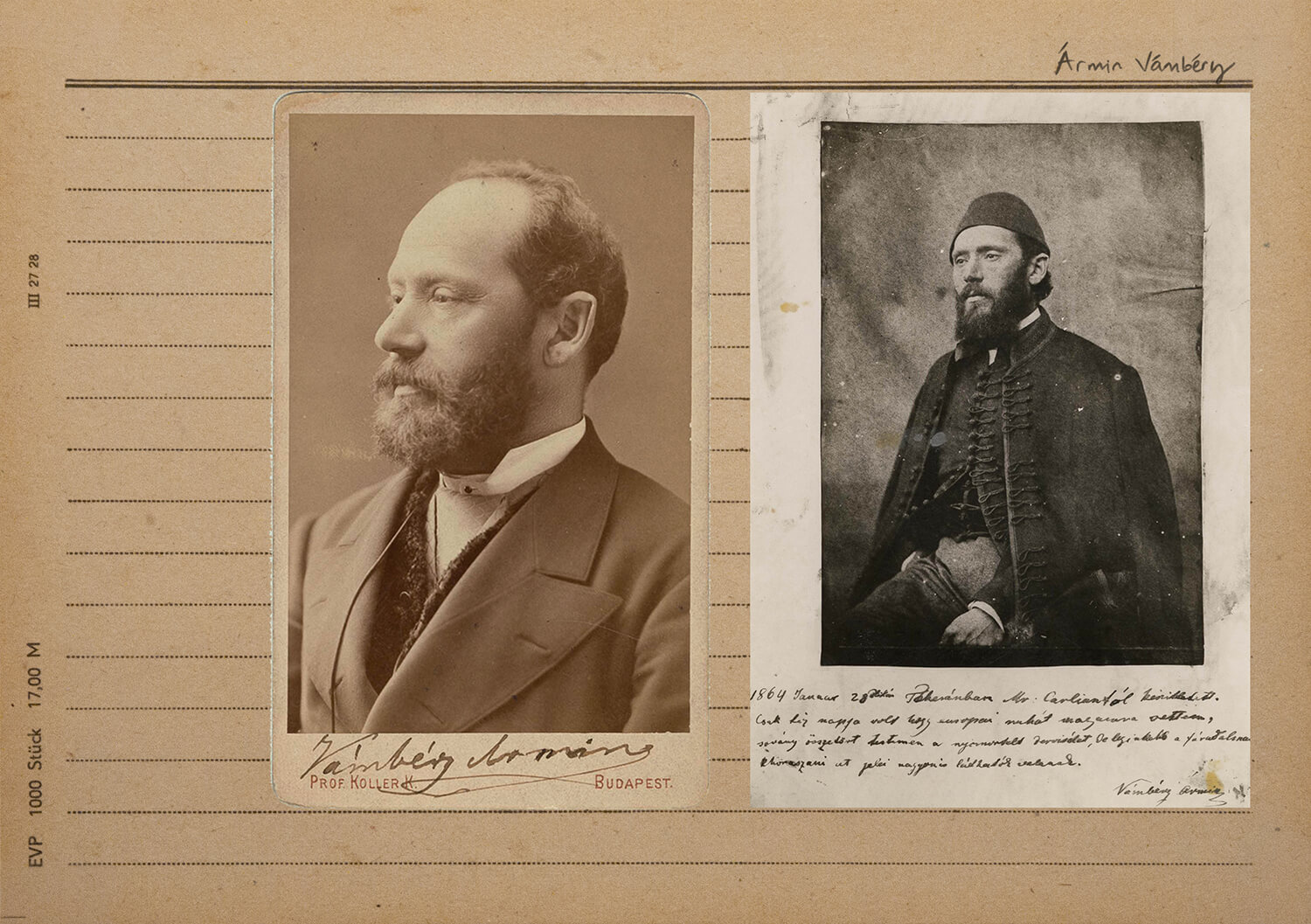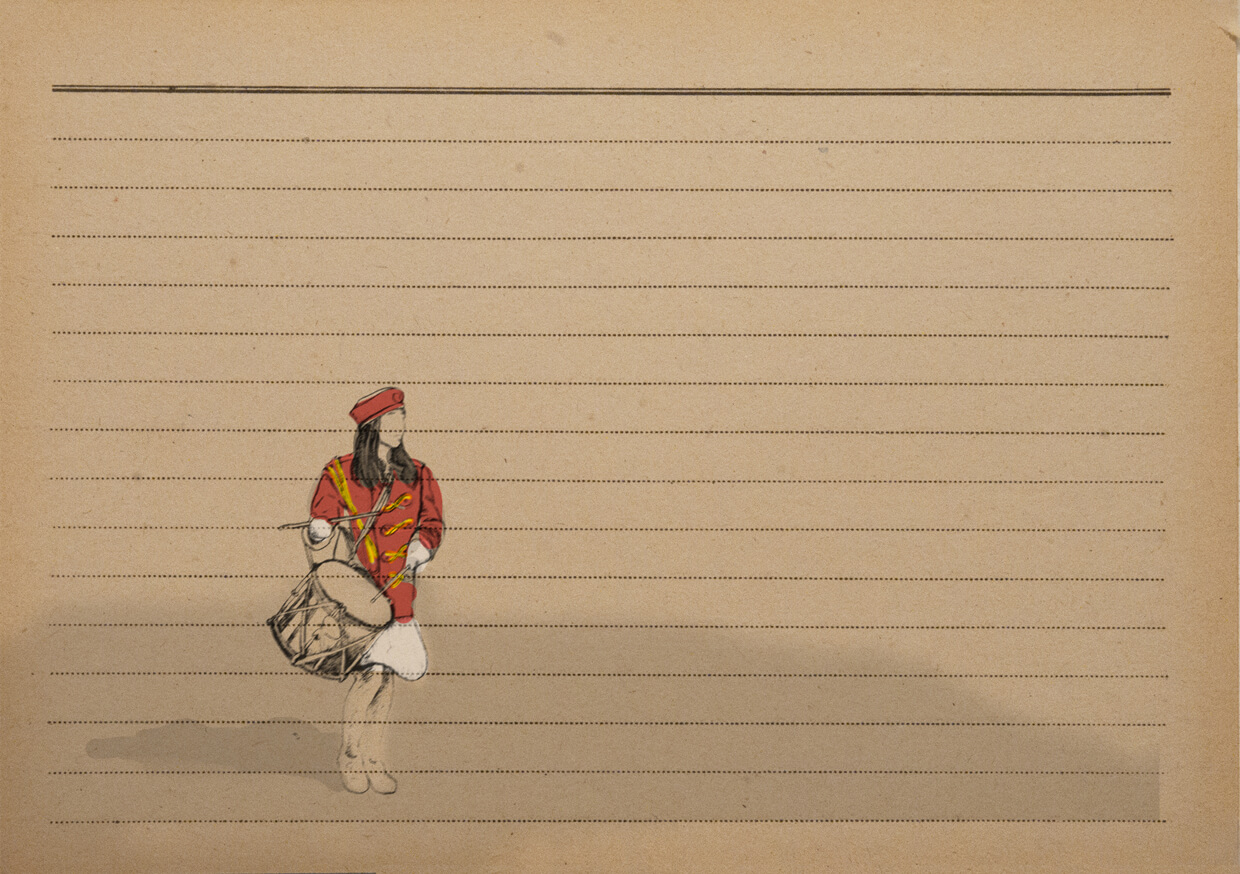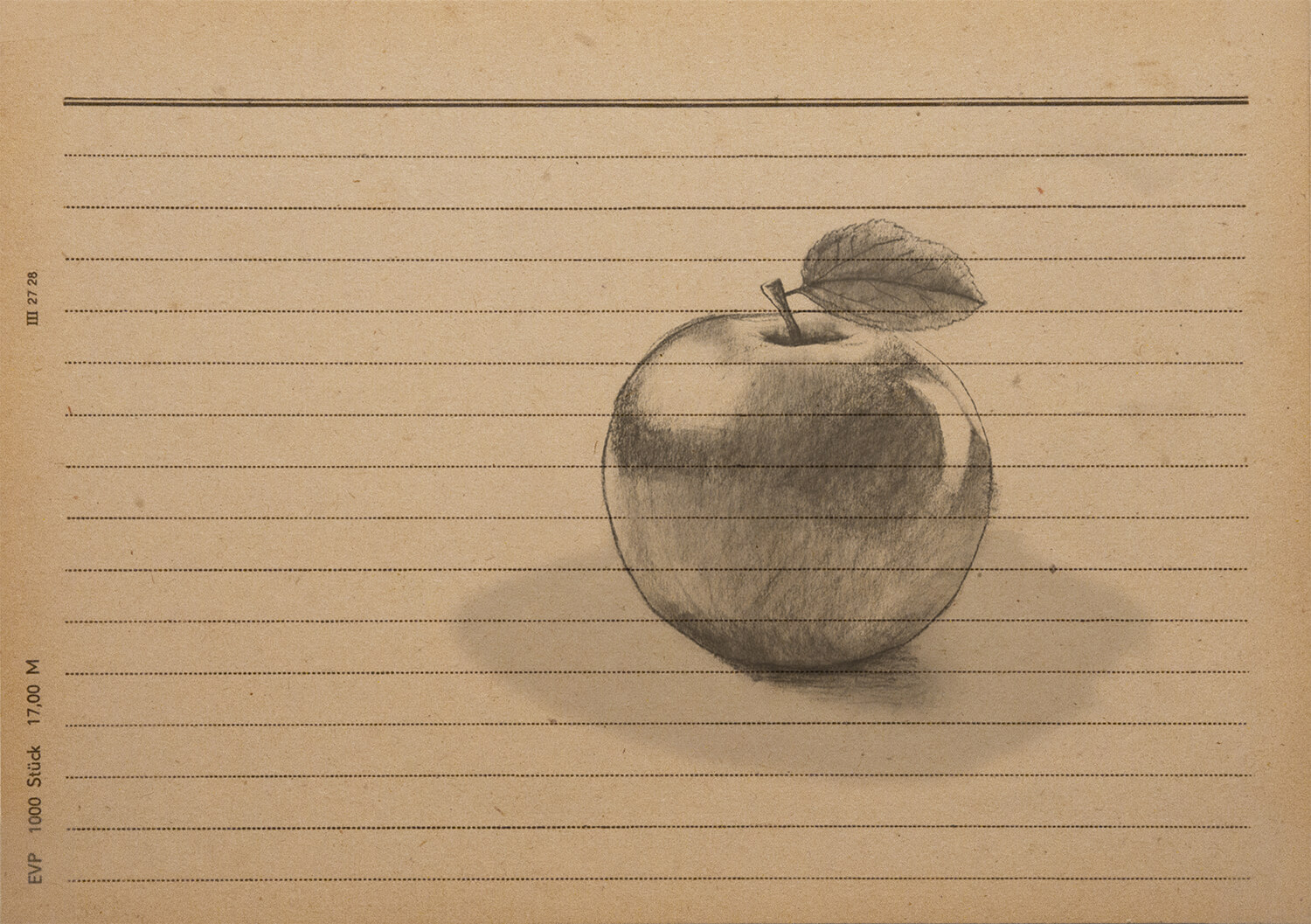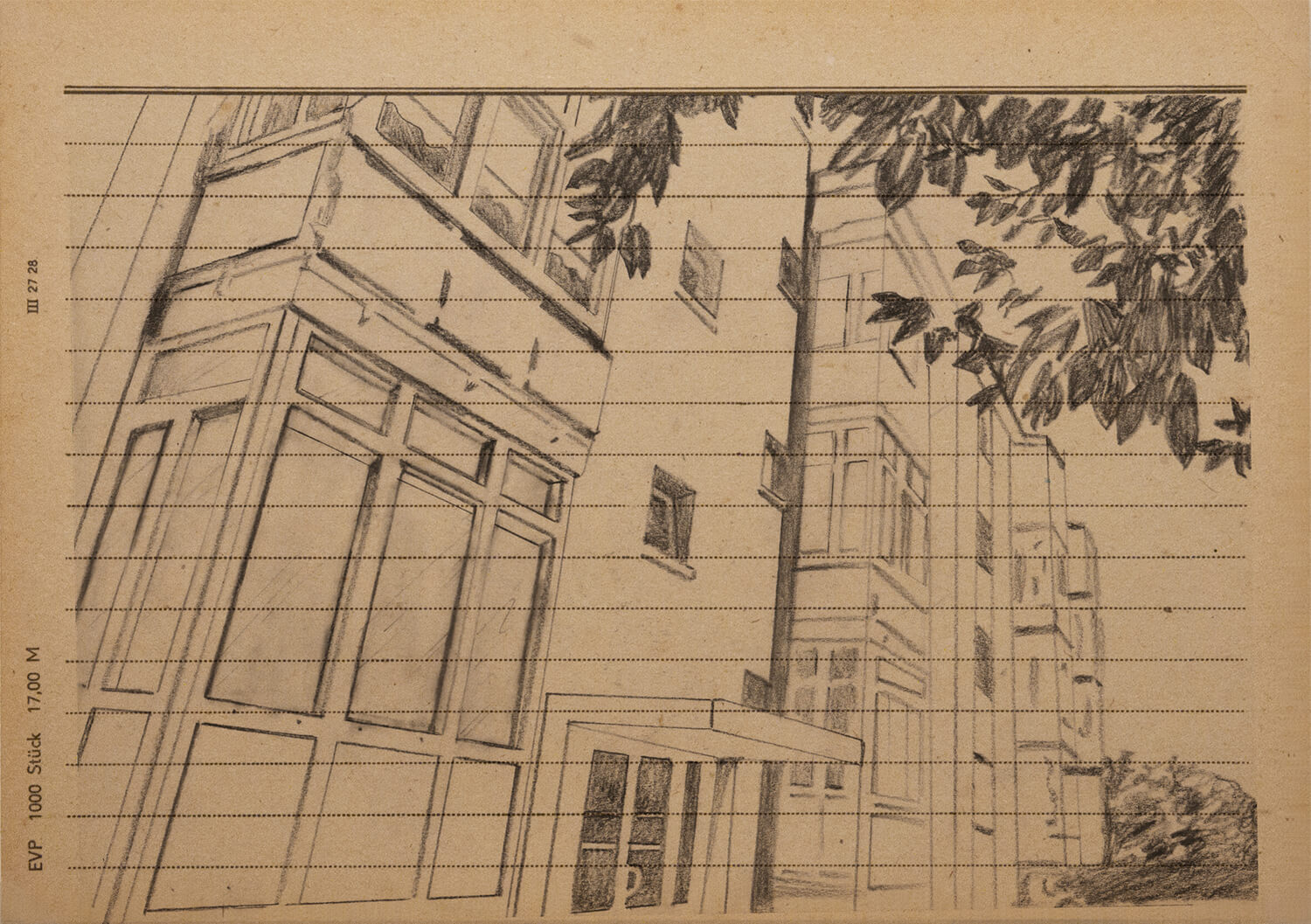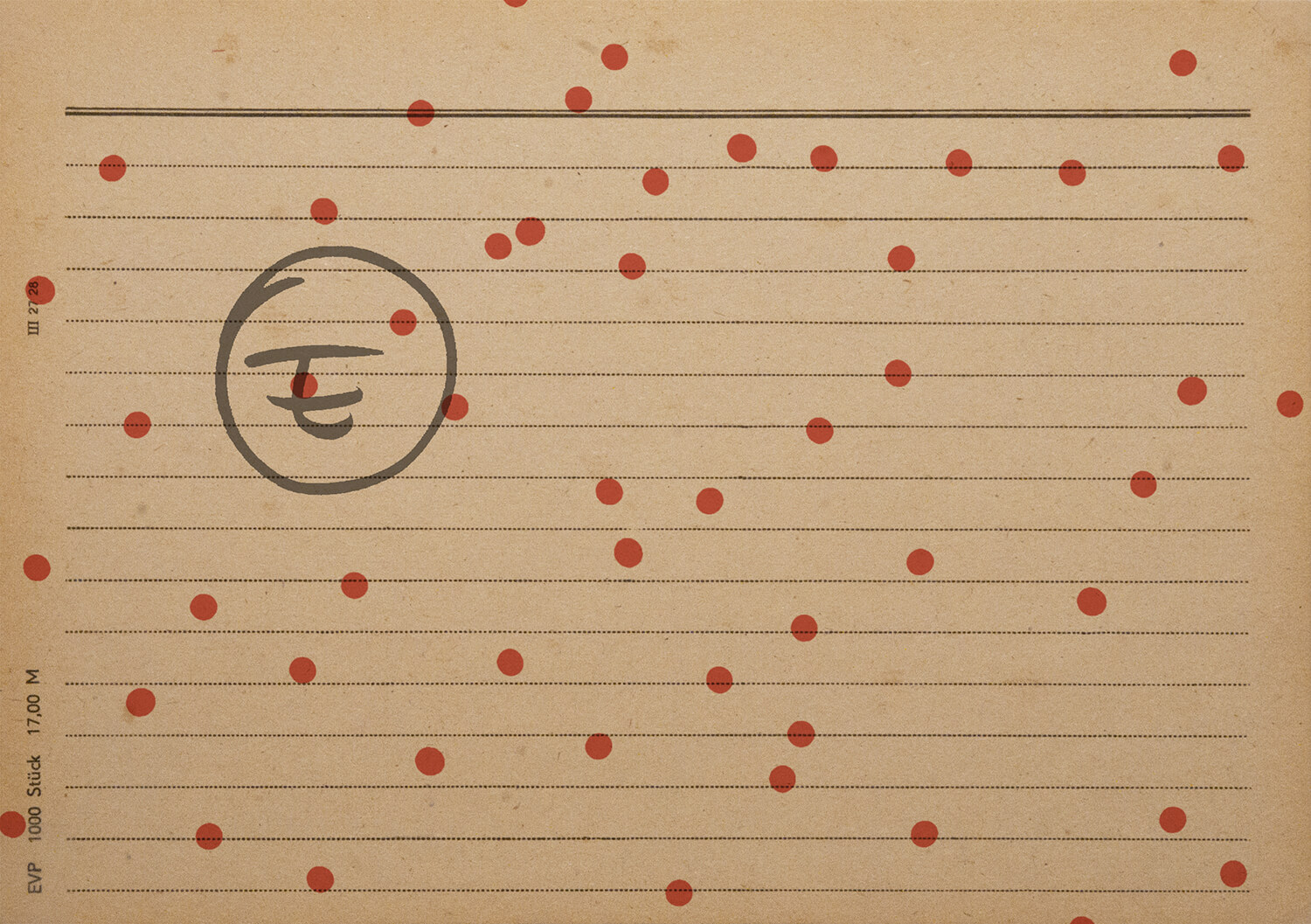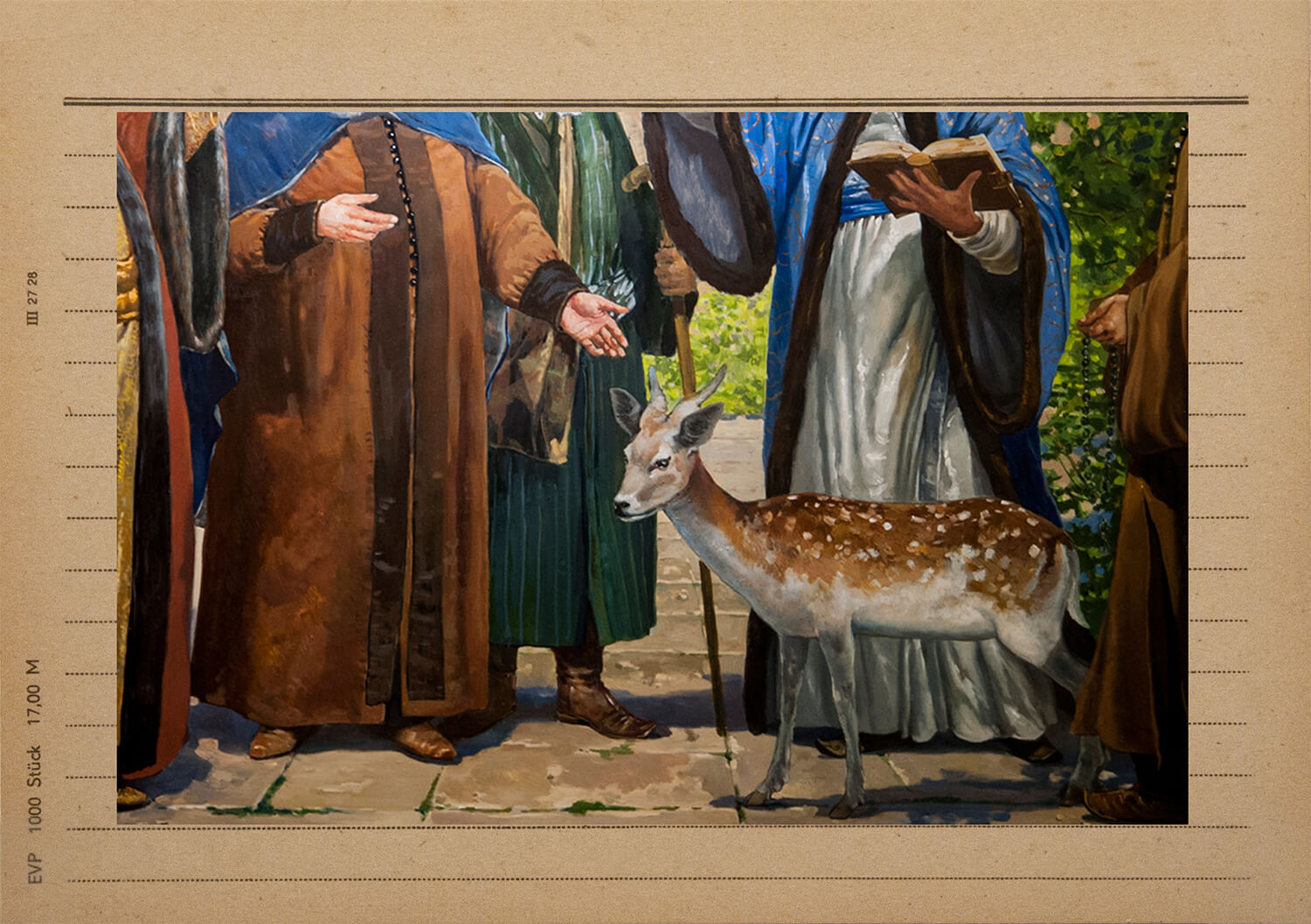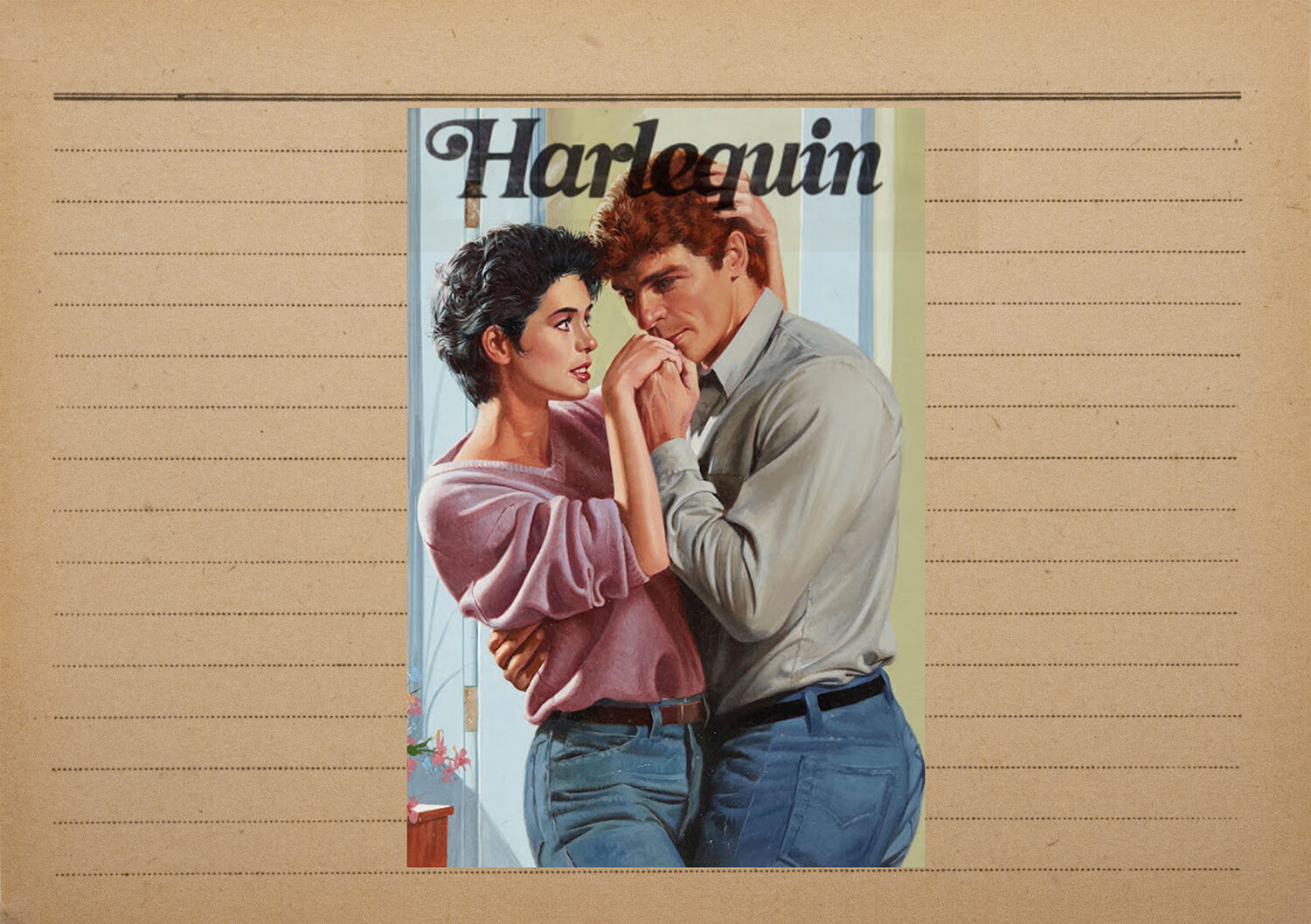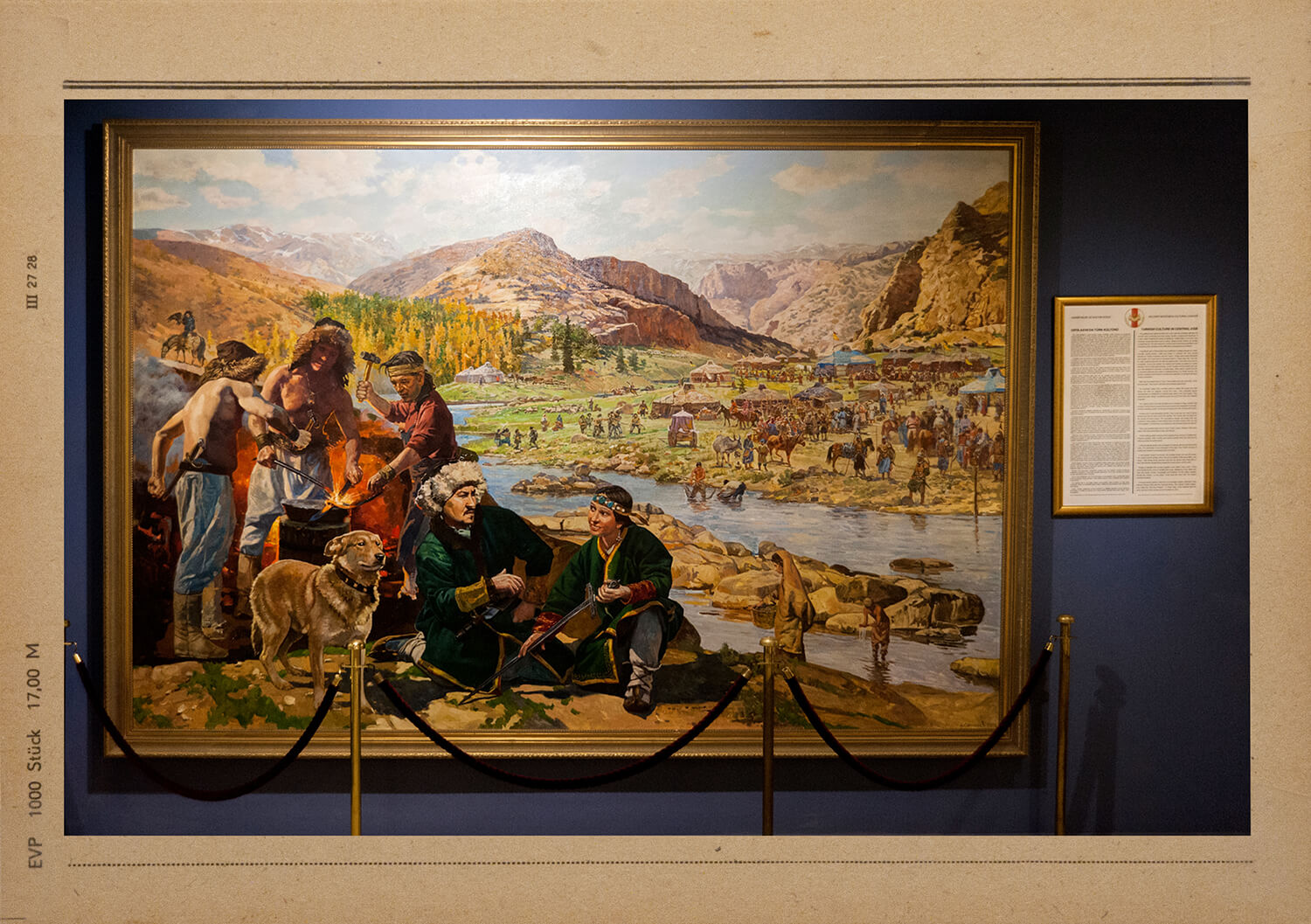2015, video installation, 31’09”
Developed for the 14th Istanbul Biennial
| / |
The video installation A Possible History / Turkish Heroes, Chinese Knick Knacks by Esra Ersen is a historical investigation by the main protagonist E. In this video the journeys leads through the times and throughout the historic landscapes of identity politics of republican turkey. The Turkish nation seems to one with the army, and one can sense nationalist sentiments in the manner of constructing the narrative. E starts with focusing on the Military Museum showing to the viewers the complexity of the story about the national identity of the Turks, since it seems to be also the official history of the republic.
There are two questions appearing: when was this heroic national mythology construed and imposed upon the viewers? The second, more important one emerges in the background: under whose order certain aspects of the visual culture are being exposed, while other concealed – those undesired under the political circumstances valid at the moment. Visual culture is a difficult terrain to walk through, after all, it embraces the majority of aspects related to human existence in the world. A Possible History detects these relations, indicating that the “war of images” unfolds evreywhere in TV series, comic books and coursebooks, and - of course - museum rooms. Ther is the Paradoxon that there were orientalists who paved the way for Turkish national identity, modern mythology and its visual dimension. E mentions the Frenchman, Léon Cahun, and the Hungarian Armin Vánbéry.
Orientalism, as the western way of perceiving the East, in which a Turk is a warrior on a wild horse pacing through the steppe or a battlefield, has only infected the collective imagination of the citizens of the former Ottoman Empire, after orientalists showed them the Turk, it took some while that it has been accepted as the familiar ancestor.
Culture can be understood as a field, on which a constant struggle for meaning takes places, as tools for creating national mythology and asserting the recipient that the Turkish identity is based on this narrative, mostly related to military power Both of the Possible History videos are non-intrusively educational since – by inquiring about the visual representation of politics and nationality – they develop competence and modes of visual thinking in the viewers. Possible History by Esra Ersen could be described as “counter-visualization” or visual rebellion – after all, the artist unveils the “cracks”, “scars” and “stitches” in the official historical-national narrative by applying subversive techniques of representation.
